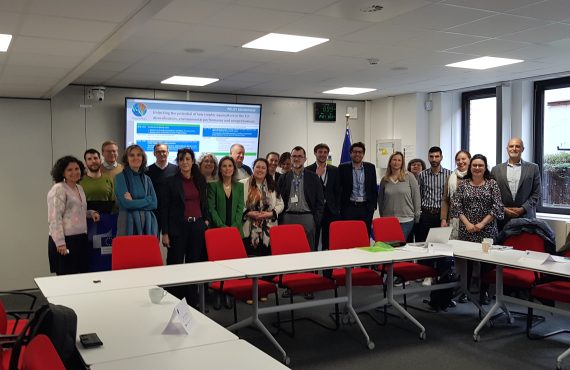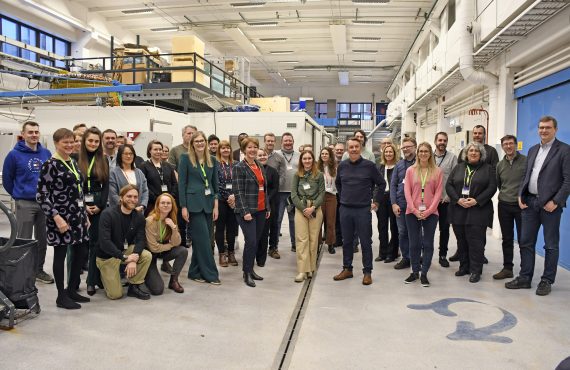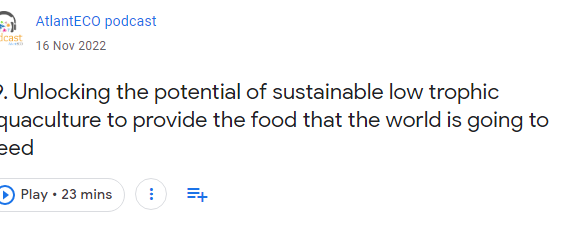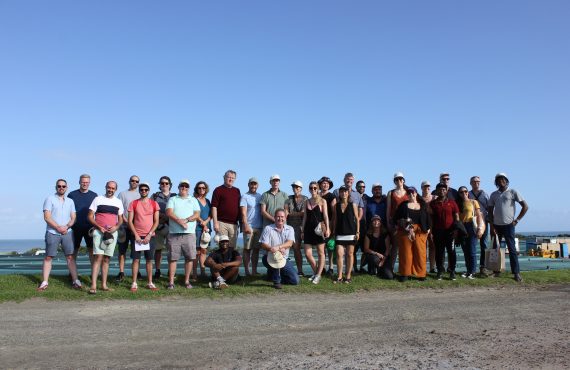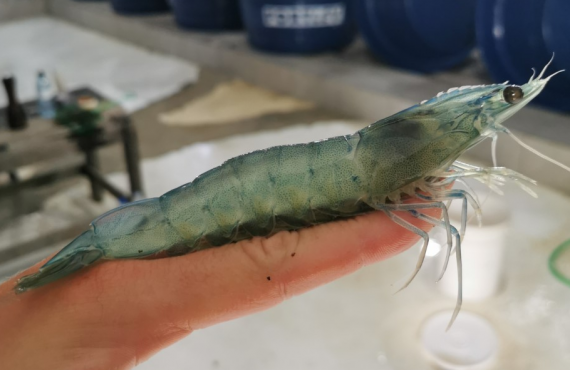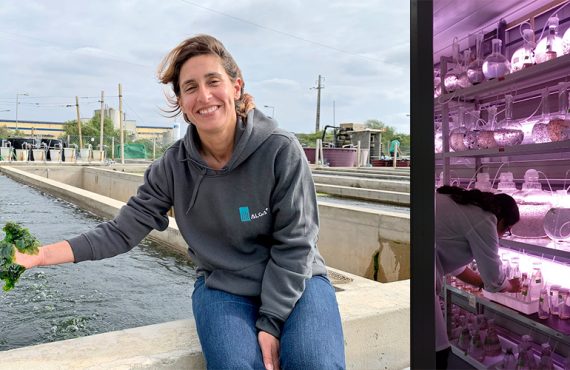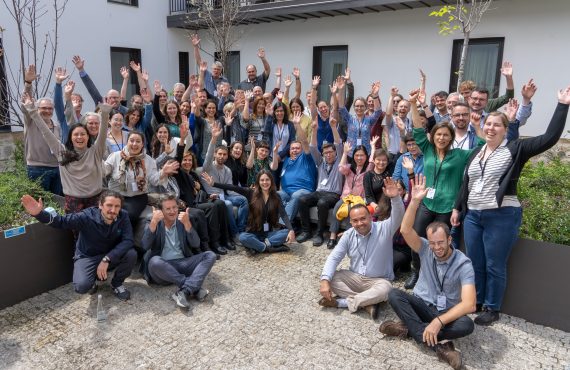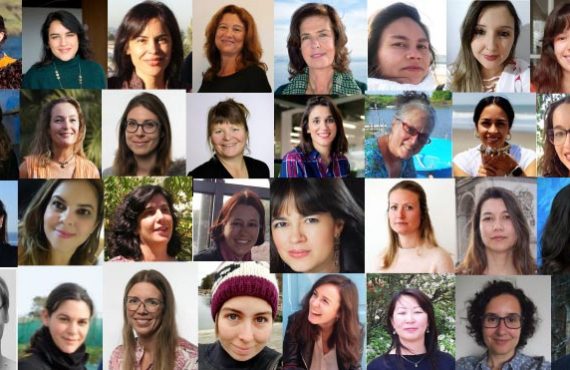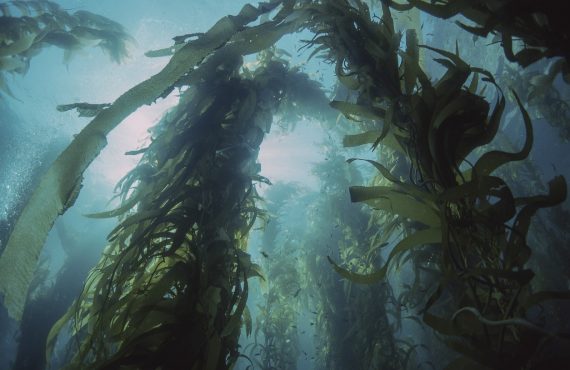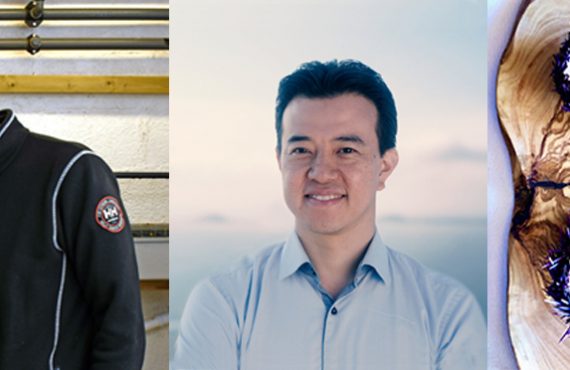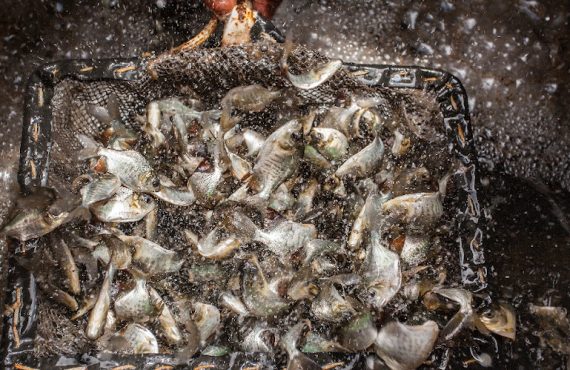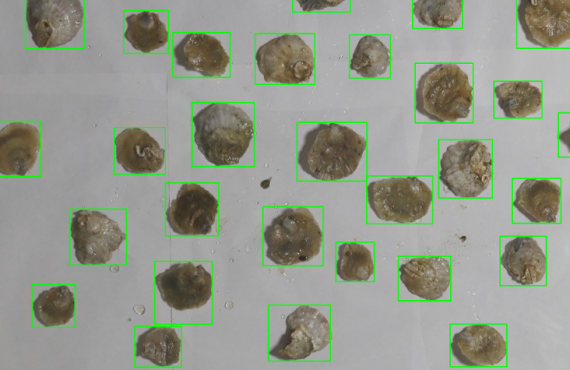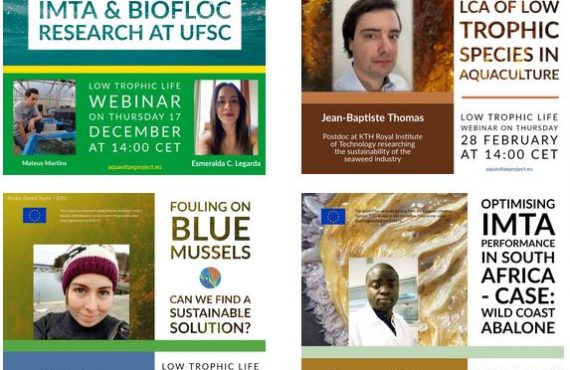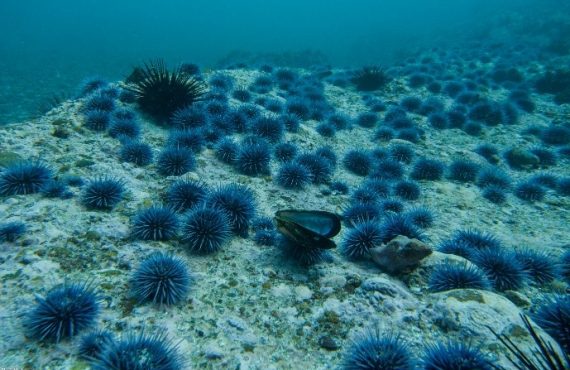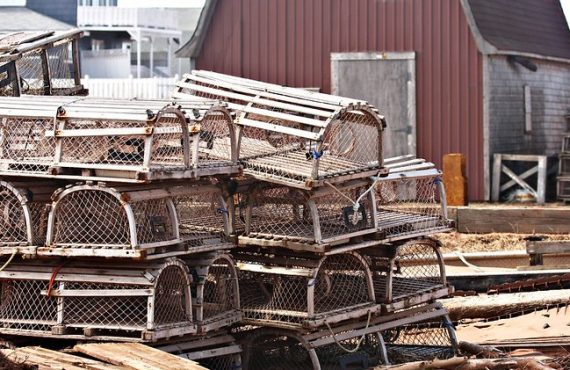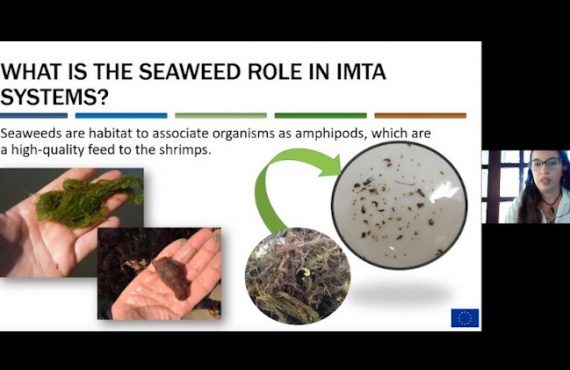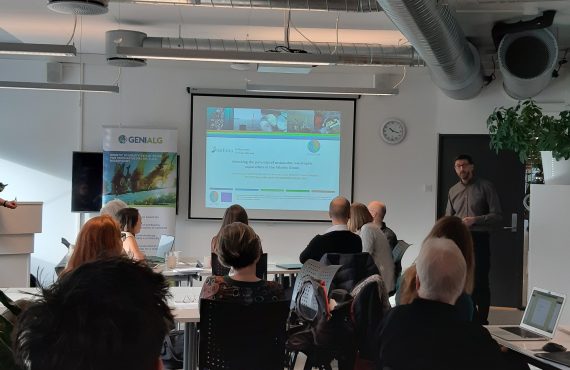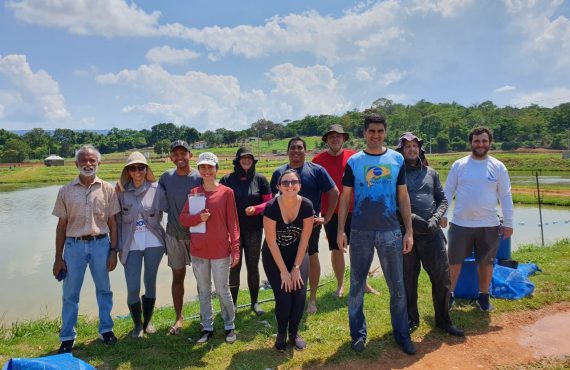EU Commissioner Virginijus Sinkevicius, CEO of Nofima Øyvind Fylling-Jensen, AquaVitae coordinator Philip James & sea urchins at Nofima
While attending the conference Arctic Frontiers in Tromsø, EU commissioner for Environment, Oceans and Fisheries Virginijus Sinkevicius visited Nofima on the 10th of May.
One of the topics discussed was the role of Norwegian research institutes in the development of sustainable food systems.
The AquaVitae project coordinator Philip James talked about the farming of kelp and sea urchins, and Senior researcher Petter Olsen gave an introductory presentation about food fraud.
At the end of the visit the EU Commissioner got to try a taste of the High North delicacy: roe from sea urchins. The Roe was fresh out of the cold Arctic water outside of Tromsø. The taste is quite like oysters.
Sea urchin: a unique species in the ocean
The Paracentrotus lividus, better known as sea urchin, could be found in the eastern in the Arctic and the Atlantic oceans, particularly in Ireland, Scotland, Portugal and Morocco coasts. They also live in Azores and Canary Islands. It is considered a low-trophic species that improves biodiversity in the marine ecosystem.
The sea urchin has become a premium seafood product. It feeds on microalgae and macroalgae on its earliest stages, and its umami flavour comes basically from algae and kelp. This makes them a gastronomical delicacy!
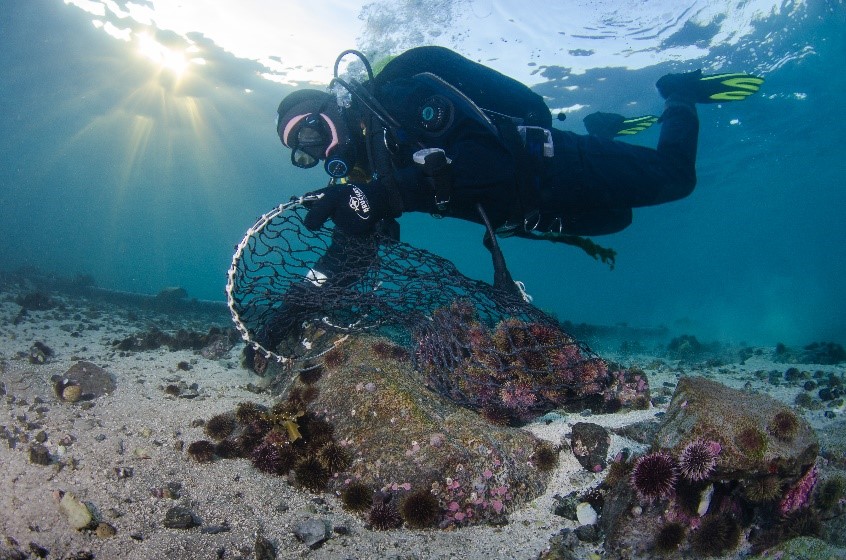
Sugar kelp at a glance
Saccharina latissima, better known as sugar kelp, is an alga that belongs to the Laminariaceae family. The colour is brown and it has the shape of a long belt. This is why it is also known as sea belt.
Sugar kelp can create forests where different species of fish and shellfish can live and feed off. Along the Atlantic Ocean, this type of seaweed is found in the Barents Sea, in Galicia (northwest of Spain) and in the Norwegian Sea and the North Atlantic.















